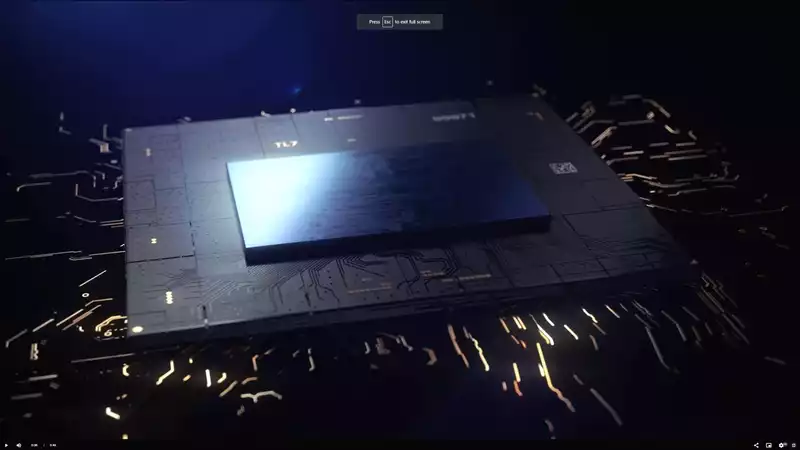New rumors have surfaced regarding details of Intel's next-generation Battlemage GPU. It is a fairly detailed "leak" as such and will lead to rapid development of Intel GPUs. More importantly, whether it is entirely fictional or based on actual information from inside Intel, it sets a good target value for what Intel absolutely must provide to be relevant when Battlemage arrives next year.
Lest we forget, Battlemage is Intel's second generation gaming graphics chip. This chip, which has been on countless official Intel roadmaps, is definitely the real deal and will be available next year. Beyond that, Intel has not said much publicly about Battlemage, other than to claim that Arc engineers are currently hard at work on it (opens in new tab).
However, RedGamingTech (opens in new tab), a regular rumor-monger, has come along and published a very detailed list of specifications and performance metrics. So let's get right down to it.
Battlemage is completely doubling the number of Xe cores on the top of the line Alchemist GPU in the Intel Arc A770 (opens in new tab) graphics card. That is, 64 Xe cores. The memory bus will remain the same 256 bits, but the L2 cache will triple to 48 MB. It will also be manufactured at TSMC's 4nm node and will have a clock speed of over 3GHz.
Along with these key speeds and supplies, improved ray tracing performance is expected, and a redesigned Xe core that can do more work per clock will boost the GPU's overall performance.
The overall result is performance at least on par with Nvidia's RTX 4070 Ti (open in new tab) and possibly the RTX 4080 (open in new tab). The immediate question is whether any of this is true.
That is hard to say at this stage. What we can say, however, is that the specs are quite plausible and are also what Intel will need to provide to be relevant when Battlemage comes out in 2024.
In terms of plausibility, either TSMC's 5nm or 4nm is almost certain to be the manufacturing node Intel will use. They are closely related and are what AMD and Nvidia already use for their GPUs.
Doubling down on Xe cores is quite aggressive by industry standards. It is not often that a new GPU completely doubles the previous generation. However, Intel needs to close the gap and was quite conservative with Alchemist. So there is certainly room for more functional units.
The same goes for the 48 MB L2 cache; GPU cache is becoming increasingly important, so a significant boost there makes sense; the same goes for the 256-bit bus carry-over; and the 48 MB L2 cache is a good example of how Intel is trying to make the GPU more efficient. We don't expect Battlemage to compete on the edge with Nvidia's super-fast GPUs, so a 256-bit bus is very reasonable, not something as big as the Nvidia RTX 4090's 384-bit bus.
If there is one thing that seems particularly ambitious, it is the promised 3GHz clock speed; Alchemist's top clock is 2.1GHz at TSMC 7nm, but Nvidia's new RTX using the TSMC 4nm node that Battlemage is said to have on board 40 series GPUs top out at just over 2.6 GHz; AMD has similarly only achieved 2.5 GHz with its latest Radeon RX 7900 XTX GPU, which uses TSMC's 5nm node.
Whatever the case, it makes sense to make Nvidia's RTX 4070 Ti the minimum target for next year. To be dramatically faster than that GPU seems like a tall order. Anything less, however, and Intel risks being left behind once again.
It is almost certain that Nvidia will release another new generation of GPUs, dubbed the RTX 50 series, late next year. If Intel cannot compete with the 4070 Ti before then, it will be miles behind when Nvidia releases its new chips.
Furthermore, to match the 4070 Ti, it would need to add a little more than twice the performance of the Arc A770. This is about what one would expect if one doubled all of Alchemist's functional units, making each a little more powerful and increasing the clock a little more.
So we cannot confirm whether this rumor is true or not. However, we can say that this is exactly what Intel needs to provide to make Battlemage relevant.


Comments